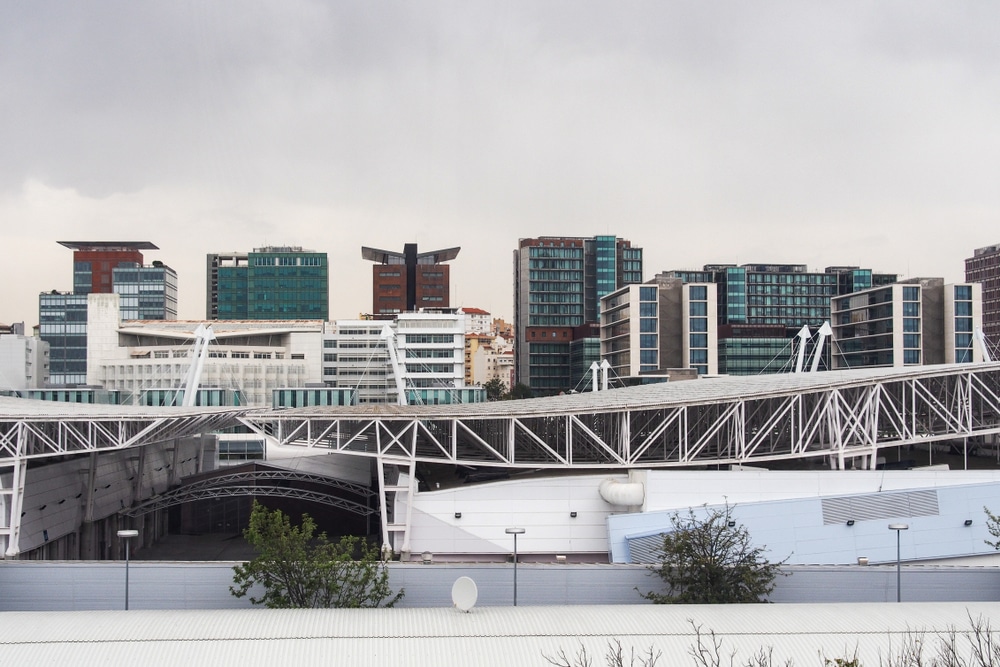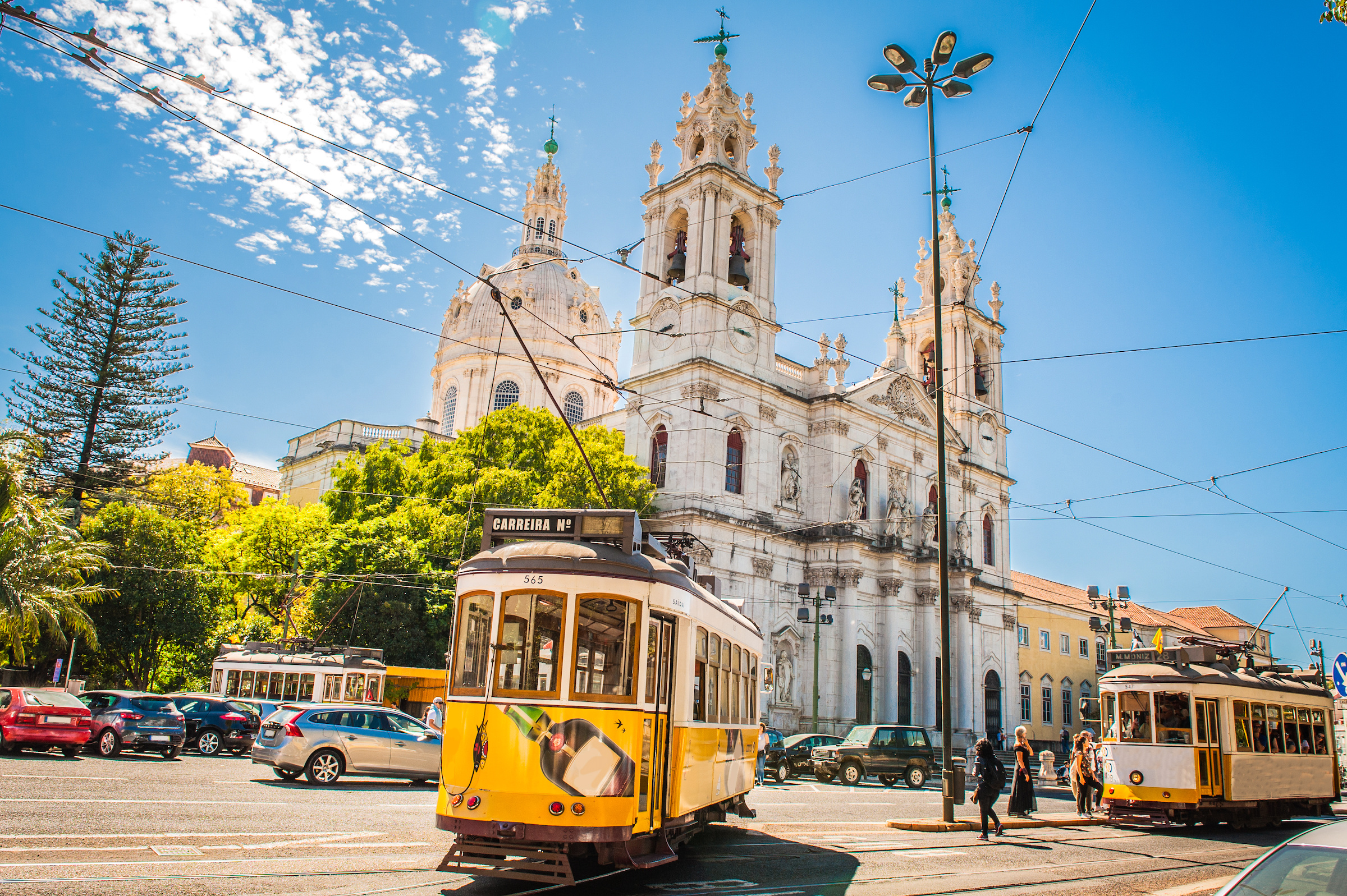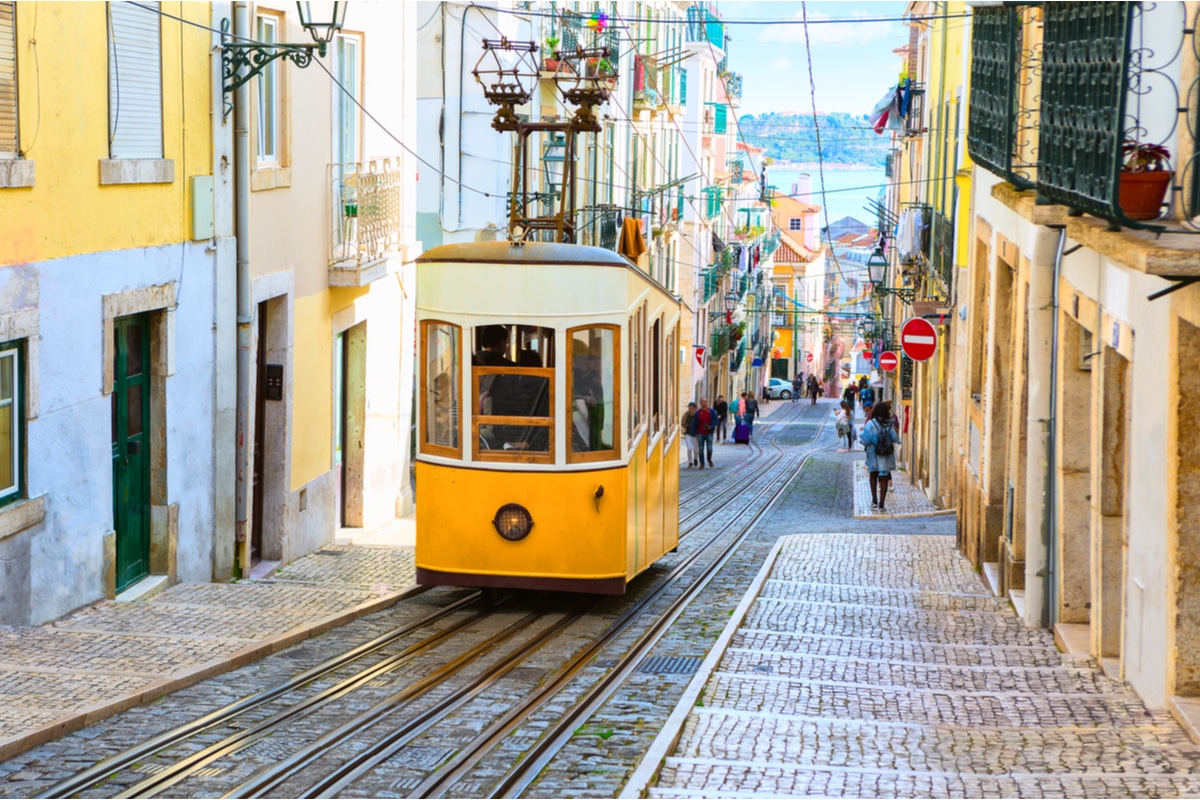Park of the Nations

In the very northeast of Lisbon, the Park of Nations (Parque das Nações) covers an area of 5.4 square kilometres and is one of the 24 districts of the Portuguese capital known as "Freguesia". This youngest district of Lisbon, in which more than 20,000 people live, represents a striking contrast to the old town districts in its modern orientation, which is particularly evident in the architecture. This contrast was expressly intended in the planning and subsequent implementation. The planners were concerned with creating a new, attractive urban district that would meet high standards of quality of life. The Park of Nations was to become a showpiece for Lisbon, both as a residential and working quarter and as a tourist destination.
The history of the quarter began with the world exhibition "Expo 98" (motto: "Oceans - Heritage for the Future"), which was held in Lisbon from May to September 1998. For this purpose, the more or less dilapidated port and industrial area Doca dos Olivais in the municipality of Olivais, located on the Tagus, was redeveloped. The structure and the buildings of the World Expo were designed in such a way that they could serve residential, cultural and sports purposes after the end of the Expo.
The center of the Park of Nations, separated from Olivais in 2013 as a separate municipality, is the East Station (Estação do Oriente), to which a subway station of the same name is attached. The station is also associated with Lisbon's third Tagus Bridge, the Ponte Vasco da Gama, completed in 1998. The Spanish-Swiss star architect Santiago Calatrava Valls was responsible for the construction of the Estação do Oriente through station with its filigree-futuristic glass construction in the upper area and the innovative-artistic reinforced concrete supporting structures in the lower area.
Two towers flanking a shopping centre rise in the immediate vicinity of the station. They are named after the two cog-like sailing ships aboard which the brothers Vasco and Paulo da Gama set off on their epoch-making voyage of discovery to India in 1497: the São Gabriel and São Rafael residential towers, completed in 2004. The Torres São Gabriel / São Rafael are both 110 m high and have 24 floors each. Their external appearance is based on the shape of the aforementioned sailing ships. Both skyscrapers are topped by the 145 m high observation tower Torre Vasco da Gama, the highest building in Portugal.
Also close to the train station, the Expo main building Pavilhão da Utopia, which today serves as a multifunctional hall Altice Arena and opened in 1998, invites visitors to major cultural events such as the 63rd Eurovision Song Contest (2018). Other attractions in Parque das Nações include the Oceanário de Lisboa with the largest indoor aquarium in Europe, a cable car and a science museum.



